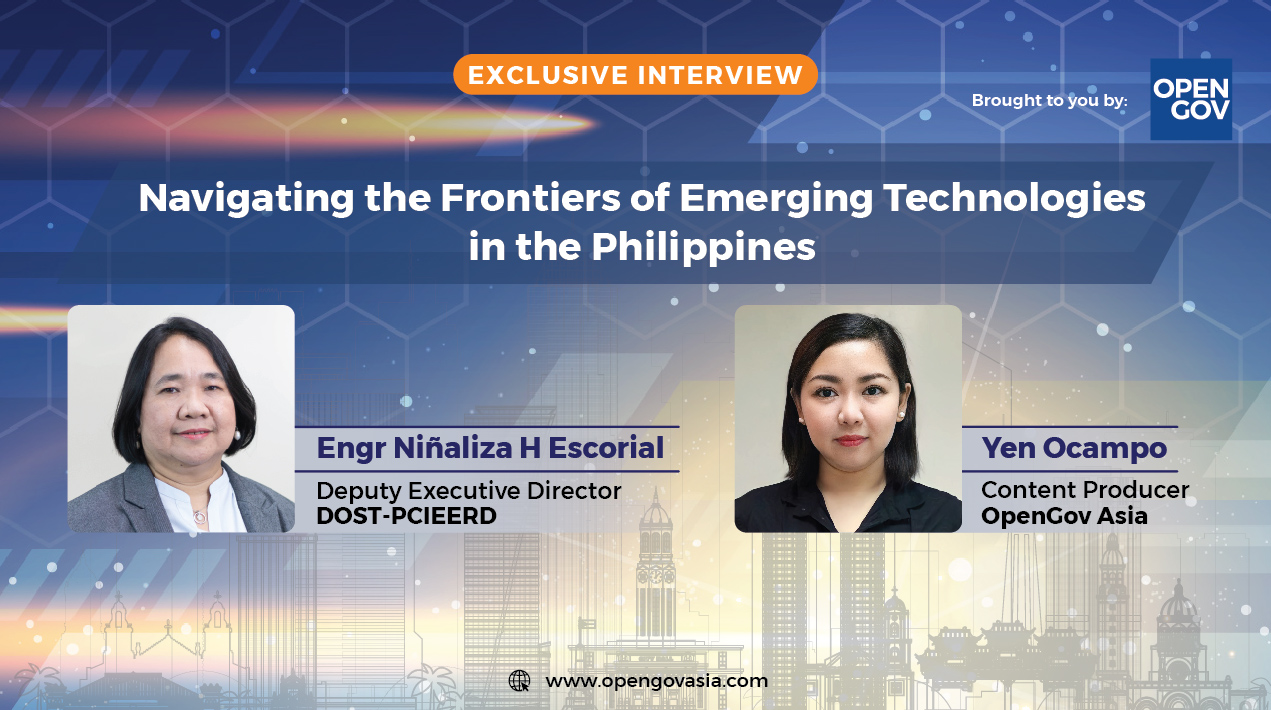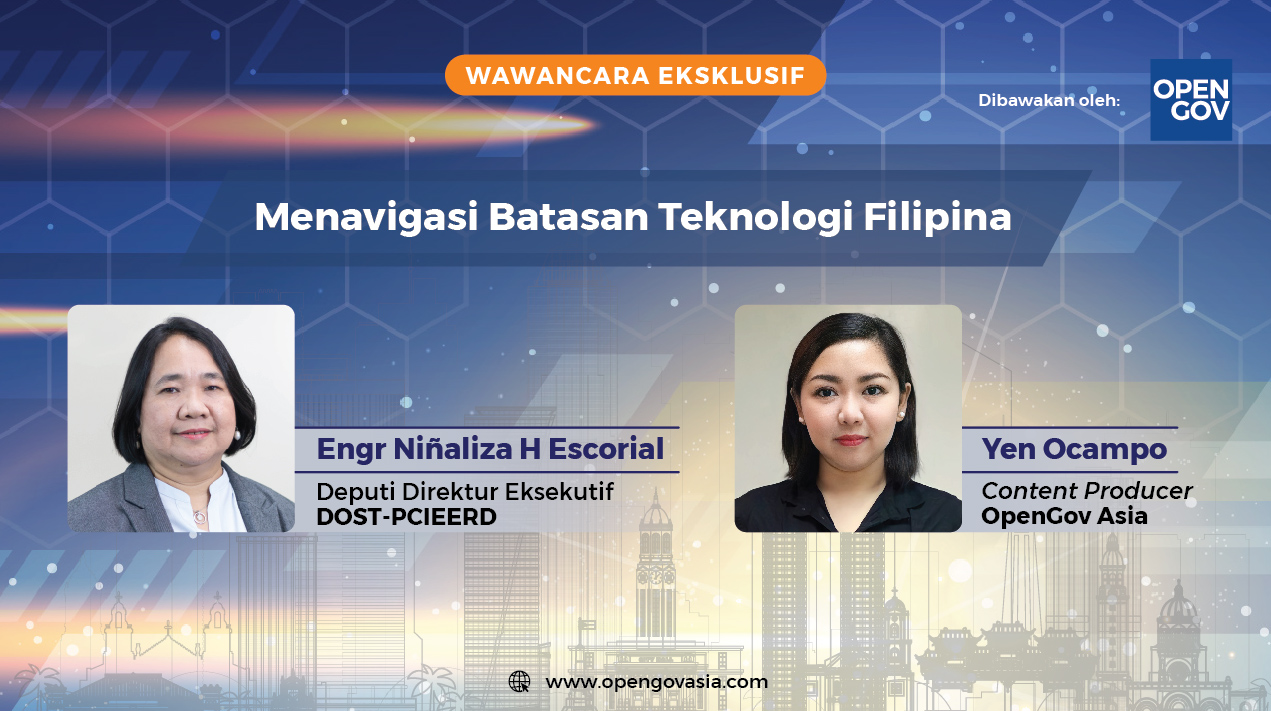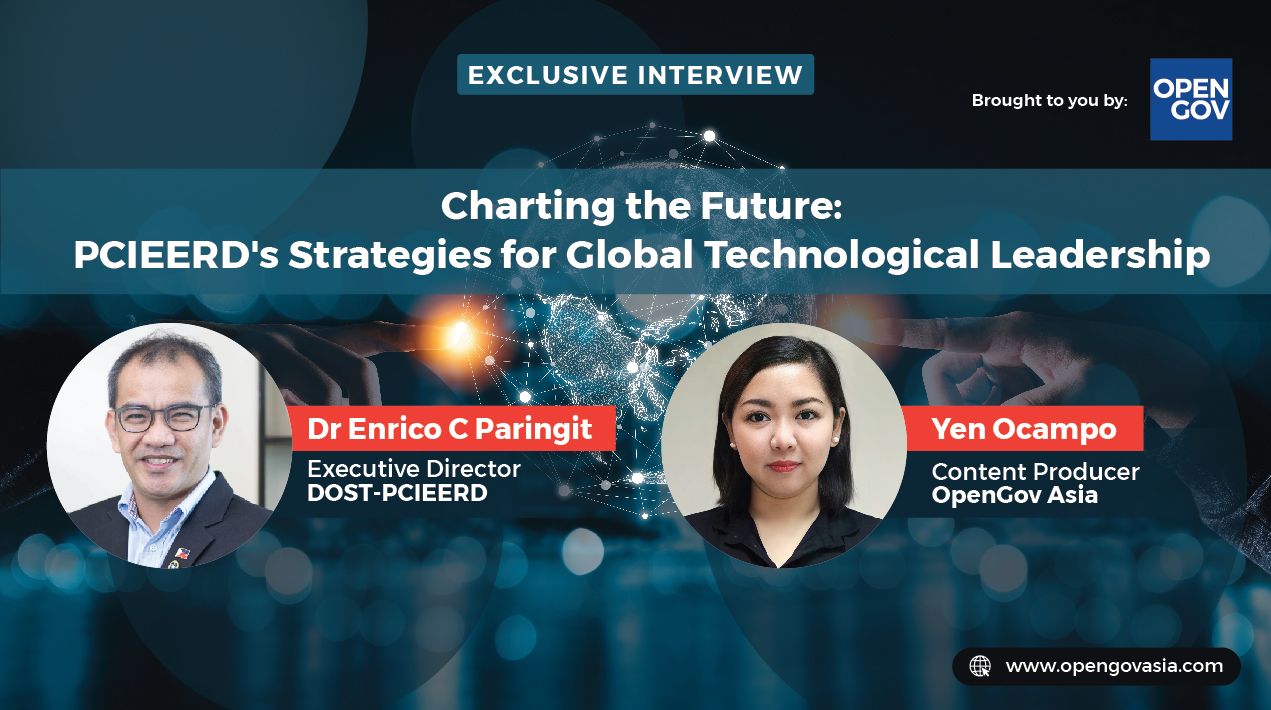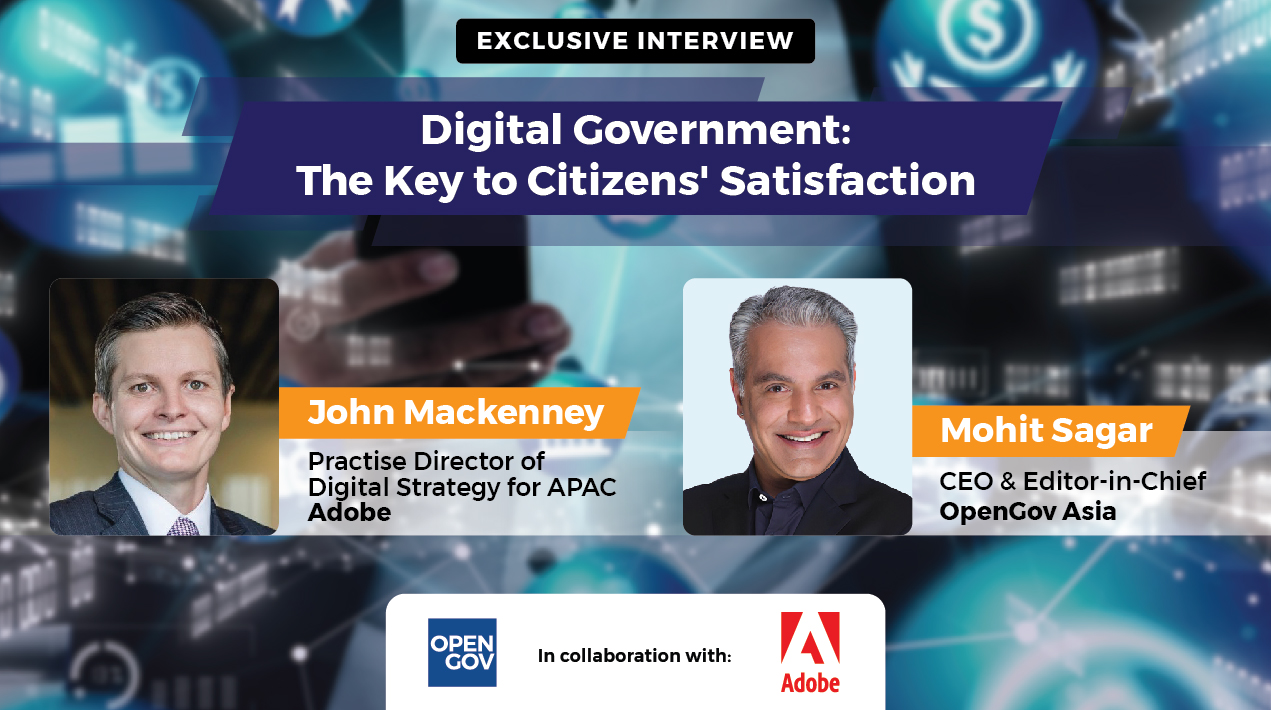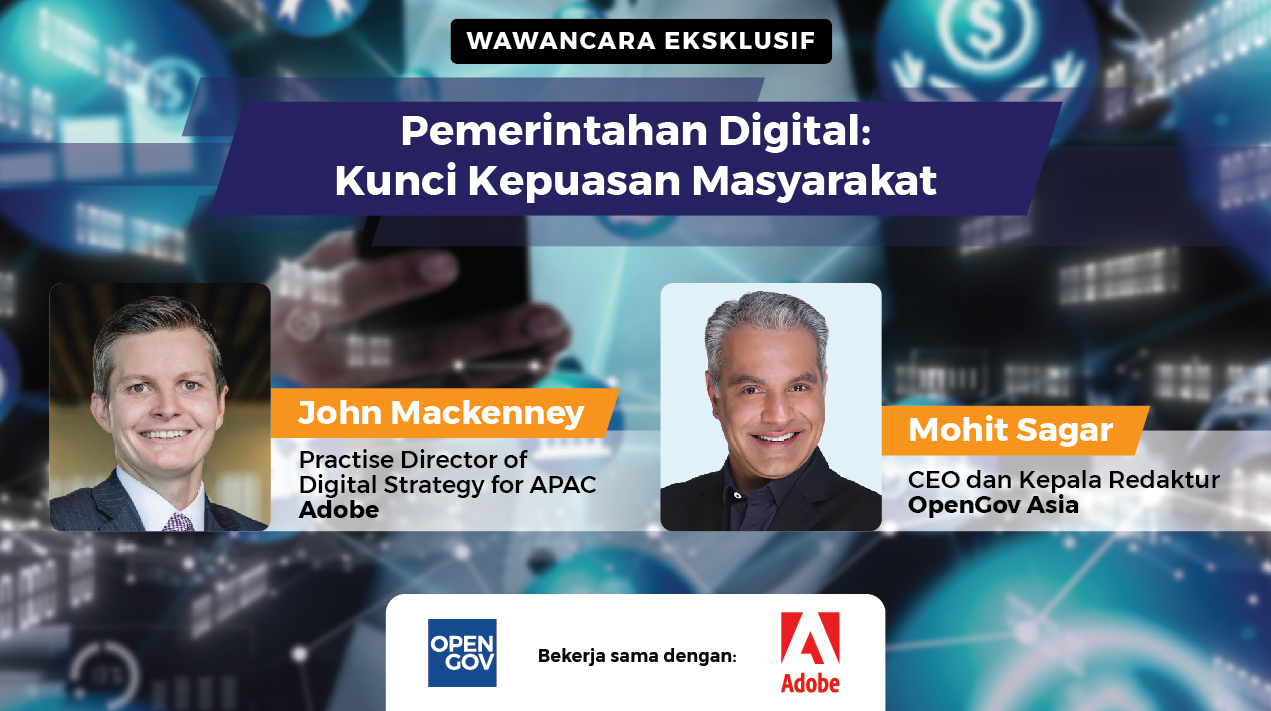
Development in a digital environment requires a total redesign in approach. Using the theory of “Job-to-be-done”, by Clayton Christensen organisations and government could be improved. This issue, is a challenge to both government and business, engaging the customer will only bring back responses based on today’s knowledge and experience. As Henry Ford reputedly said of his industry, "If I asked customers what they wanted, they would have said a faster horse." Instead government needs to look deeper and examine the underlying needs. It’s not about selling a product or service. It is more about helping the citizen and addressing their "jobs-to-be-done". It seems simple, but working this way will have a profound impact in re-framing government. It will revolutionise how government provides services.
Six Steps for getting the jobs-to-be-done, done.
These are the steps to providing a rigorous way in defining the jobs that government can address. Once tightly defined, creating innovative ideas and new solutions become easier.
1. What are the high-level jobs-to-be-done?
Governments need to examine how they identify the needs that arise within a citizen’s life. It is the need and not the tasks or functions they are carrying out. The job-to-be-done sometimes can be broader than the service provided. The idea is government is there to help the citizen to conveniently engage more effectively, to complete a job they have been trying to get done. The problem is that many times when governments try to help the citizen, they fail because they lack the understanding of the job-to-be-done.
It is critical, that government figures out how to help more effectively. A simple example of understanding the job over the process is in the example below.
A milk bar owner found that 40 percent of their milk shakes were purchased early morning. These early-morning customers were alone; they did not buy anything else; and they consumed their shakes in their cars. They faced a long boring commute and needed something to make the drive more interesting. They weren't yet hungry, but knew that they would be by 10 a.m.; they wanted to consume something that would stave off hunger until noon.
They also faced constraints: They were in a hurry, they were wearing work clothes, and they had one free hand. The milk shake did the job better than any other competitors. ie, bagels or fruit both ending up with sticky fingers and steering wheels. It took people twenty minutes to suck the viscous milk shake through the thin straw, addressing the boring-commute problem. They could consume it cleanly with one hand. By early morning, they were less hungry than with the alternatives. It didn't matter much that it wasn't a healthy food, because becoming healthy wasn't essential to the job they were hiring the milk shake to do.
2. What are the current approaches and what pain points result?
Jobs-to-be-done can sprawl across the whole of government. Clearly government can’t address each job, but by looking broadly it can re-define its true “opportunities.” After it understands the full landscape, government can focus more narrowly. By understanding the pain points associated with their offerings, government can better invest in emphasising its focus to getting the job done. In the example above; the milk bar owner, having a better understanding of the job that their milk shake was being hired for, were able to improve the product in doing a better job. Adding a swirl of tiny chunks of fruit, added a dimension of unpredictability and anticipation to the monotonous morning routine. Notice that knowing how to improve the product did not come from understanding the "typical" customer. It came from understanding the job.
3. What benchmarks exist in the full range of services offered by Governments around the world?
Government should always compare themselves directly to other governments, but not be seduced by the simplicity of that exercise. Through examining other governments and services organisations. Governments can gain valuable insights as to how those services could be adapted, then adopted. i.e. A movie theatre could learn much from Disney World, about how to market merchandise to children and how to entertain people in lines.
4. What performance criteria do customers use?
It has been shown that complicated decisions can be reduced to a small handful of criteria that people can keep in mind at one time. What are they for government? What adjectives describe a good solution? Asking citizens these types of questions can open up surprising paths for improving current solutions or providing existing services more effectively.
5. What prevents new solutions from being adopted?
Government seems to struggle more with change than most. Unfortunately, even compelling ideas can take a long time to catch on. Indoor plumbing took 4,500 years from its invention to become widely adopted. In government many times it is the insistence that, "this is the way it has always been done". Then the questions are raised; is the new solution guaranteed not to fail? Will this new process reflect badly on previous, or senior management, as they had not implemented it in the past? It is too risky, we cannot fail! What are the reasons that we should not do this? Really, is your idea better than indoor plumbing?
Think in a disciplined fashion about all the obstacles hindering adoption of new solutions. There are no guarantees, you only fail if you stop trying. Talk to the citizen about how they made a decision to adopt a recent innovation, be specific about the instance. Most of the time the citizen is only wanting what they can already do everywhere else. So what is stopping government?
6. What value would success create for the citizen?
By understanding the value that lies in resolving a pain point, government can see how many degrees of freedom they have to engineer a new solution. For instance, if resolving an issue on unified communication between regional and remote offices could avoid 2 days of travel, accommodation, meals and time lost productivity four times a year, and that time is valued at between $1000-2000 / day for each staff member, and you had a 100 staff. Then you get a sense of potential price and cost of a new solution. Remember that value can be defined by money, time, convenience, peace of mind, and other metrics.
Re-framing the view of a citizen can be a potent engine for government growth and change. These six steps help to translate Christensen’s theory of jobs-to-be-done – an immensely powerful concept – into specific ideas for action.
In this time of transformation, digital transformation government needs to see transactions, processes and organisations simplified. They need to be stripped away, abolished, combined and or transformed. In making smarter use of data held by government, they will gain insights into what works and doesn’t. By simplifying the experience of the public services to the citizens’.
Citizens’ will see real impact to their daily lives, when government realise the value and power they have in their hands with the data they hold. Being able to conduct real-time modelling of changes and seeing their impact on welfare and taxation changes. Understanding that impact and who and the communities they belong to. There will need to be a change in the approach of policymaker with the insights gained from assets that government have held for many years.
So what is stopping you? And, how will you address the changes needed?



